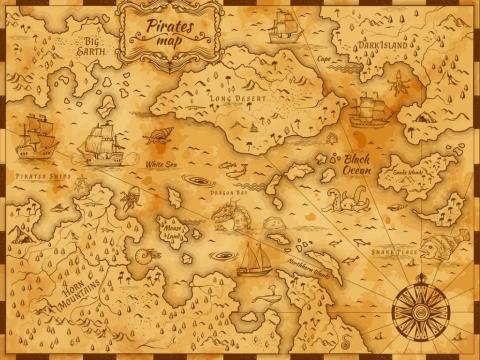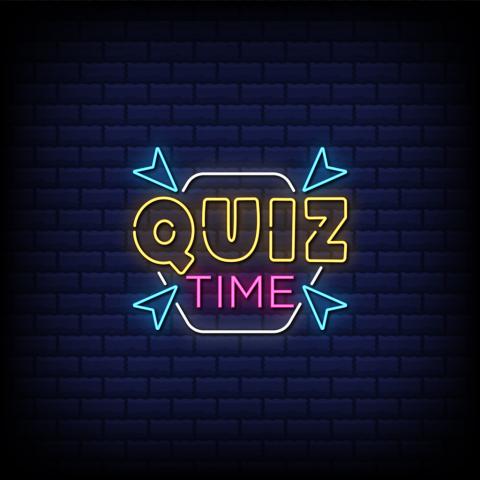Suffrage Movement Quiz
In 1893, this country became the first to grant women the vote on the same terms as men:
- Women achieved suffrage in New Zealand in 1893. The right was extended to women in Australia in 1902, and in Norway in 1913.
When did women in Puerto Rico and the Philippines—then both U.S. territories—achieve suffrage?
- Suffrage was achieved by Puerto Rican women in 1936 and Philippine women in 1937.
The National Woman's Party, the U.S. militant suffrage organization founded in 1913,
- The National Woman's Party, which in 1923 launched the fight for an Equal Rights Amendment (ERA), is a nonpartisan equal rights organization headquartered in Washington, D.C. The League of Women Voters was founded in 1920 by the former leaders of the North American Woman Suffrage Association (NAWSA), which led the suffrage movement.
U.S. suffragists were inspired by the militant suffrage movement in this country:
- Militant British suffragists destroyed property, heckled politicians, and incited riots in their quest for the vote. Women in Great Britain received limited suffrage in 1918 and equal suffrage in 1928. Most Canadian women received national suffrage in 1918 (women in Quebec could not vote until 1940). French women were enfranchised in 1944.
Which European country was the last to grant women suffrage?
- Women could not vote in national elections in Liechtenstein until 1984. Belgian women received the vote in 1946. Swiss women could not vote until 1971.
Who was the first woman on U.S. soil to publicly demand the vote?
- In 1647 Brent, who owned extensive properties in Maryland, demanded the right to vote in the colonial assembly. Wollstonecraft, a Brit, supported woman suffrage in her 1792 Vindication. Stanton included the demand for woman suffrage in the Declaration of Sentiments and Resolutions, which she read at the Seneca Falls Convention in 1848.
Which constitutional amendment granted U.S. women suffrage?
- The Nineteenth Amendment enfranchised American women. The Fifteenth Amendment (1870) granted the vote to men regardless of race, though violence, poll taxes, and literacy tests disenfranchised most black southerners until the 1960s. The Twenty-sixth Amendment (1971) lowered the voting age to 18 (it had been 21).
In which of these countries today is there male suffrage but not female suffrage?
- Women remain disenfranchised in Kuwait. There is no franchise in Saudi Arabia. In Bhutan, only one member of a household may vote; as a result, most Bhutanese voters are male.
What U.S. document defined voters as male?
- Originally, voting was a privilege that could be limited by such factors as property ownership, condition of servitude, and length of residency. Laws varied greatly by state. In this manner, by 1776 all propertied women in New Jersey could vote, while in the 1840s less than half the men in Rhode Island were enfranchised. The Fourteenth Amendment (1868) both defined the vote as a right of citizenship and limited it to men.
When was this amendment ratified?
- The Nineteenth Amendment was approved by Congress in 1919 and ratified by the states in 1920.






